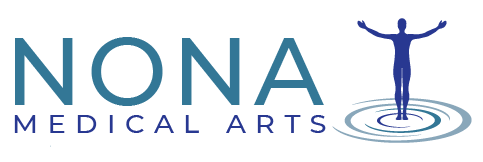Spinal Stenosis
Spinal stenosis happens when one or more bony openings in the spine begin narrowing and reduces space for nerves.
Depending on the location and how much narrowing occurs over time, a spinal nerve or the spinal cord could become compressed and cause pain, tingling, numbness, and weakness.
 The Timeline of Spinal Stenosis
The Timeline of Spinal Stenosis
The narrowing of the foramina in the spine usually develops over time due to the natural aging process. While spinal stenosis typically occurs in people age 50 or older, it can also develop sooner due to injury or from birth defects (congenital).
It may get worse over time, however, the rate of progression varies and may not always produce signs or symptoms.
While some people may experience progressive worsening of symptoms, others may find that their symptoms are alleviated by physical therapy, medication, short periods of rest, or other nonsurgical treatments (regenerative medicine).
Before opting for spinal stenosis surgery, it is important to discuss the potential risks and other treatment options with your surgeon.
Warning Signs and Symptoms
Signs and symptoms can vary greatly from person to person. Signs and symptoms may include one or more of the following:
- Pain – The pain might be dull and confined to the neck or lower back, or it could be an electric-like pain that radiates into the arm or leg. The pain can vary over time, likely to flare up during certain activities. Sometimes the pain is more of a “pins-and-needles” tingling sensation.
- Numbness – Reduced feeling or total numbness may occur in the arm, leg, or other areas of the body.
- Weakness – Reduced strength or problems with coordination may occur in the arm, leg, or other parts of the body. Severe compression of the spinal cord or cauda equina (nerve roots running below the spinal cord) could result in bowel and/or bladder dysfunction.


